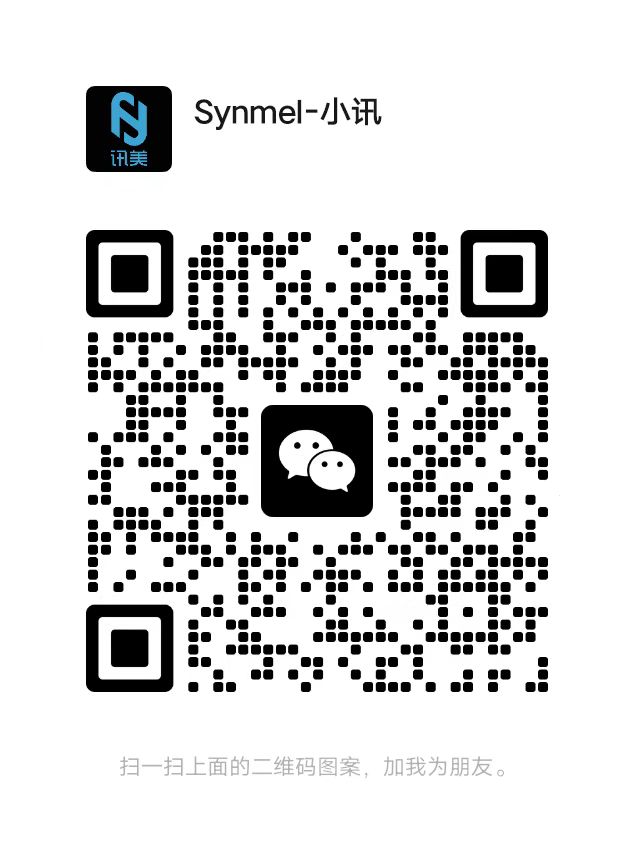- English
- Español
- Português
- русский
- Français
- 日本語
- Deutsch
- tiếng Việt
- Italiano
- Nederlands
- ภาษาไทย
- Polski
- 한국어
- Svenska
- magyar
- Malay
- বাংলা ভাষার
- Dansk
- Suomi
- हिन्दी
- Pilipino
- Türkçe
- Gaeilge
- العربية
- Indonesia
- Norsk
- تمل
- český
- ελληνικά
- український
- Javanese
- فارسی
- தமிழ்
- తెలుగు
- नेपाली
- Burmese
- български
- ລາວ
- Latine
- Қазақша
- Euskal
- Azərbaycan
- Slovenský jazyk
- Македонски
- Lietuvos
- Eesti Keel
- Română
- Slovenski
- मराठी
- Srpski језик
How is the supermarket anti-theft system detected?
2024-08-02
Supermarket anti-theft systems usually use electronic technology to detect whether goods are stolen or taken out of the store without payment. The main detection methods include the following:
RFID technology:
Many supermarkets use RFID tags, which are attached to goods. When customers pass unchecked goods through the RFID reader, the system can detect the presence of the tag and compare it with the purchase record. If the goods are not checked out normally, the system will sound an alarm.
Electronic scanning system:
Supermarkets usually install electronic scanning systems at the entrances and exits, including RFID or electromagnetic sensors at the door. These systems can detect goods with unpaid tags passing through the door, thereby triggering an alarm.
Video surveillance and computer vision:
Supermarkets are usually equipped with closed-circuit television camera systems that use computer vision technology to monitor the activities of customers and goods. The system may trigger an alarm by identifying abnormal behavior or unauthorized movement of goods.
Electronic tag remover:
At checkout, cashiers use a special electronic tag remover to remove RFID tags or other security devices on the goods. This ensures that paid goods do not trigger the alarm of the anti-theft system.
Acoustic and pyroelectric sensors:
Some high-end supermarket anti-theft systems may also use acoustic or pyroelectric sensors, which can detect the movement characteristics or body temperature changes of customers carrying unchecked items.




